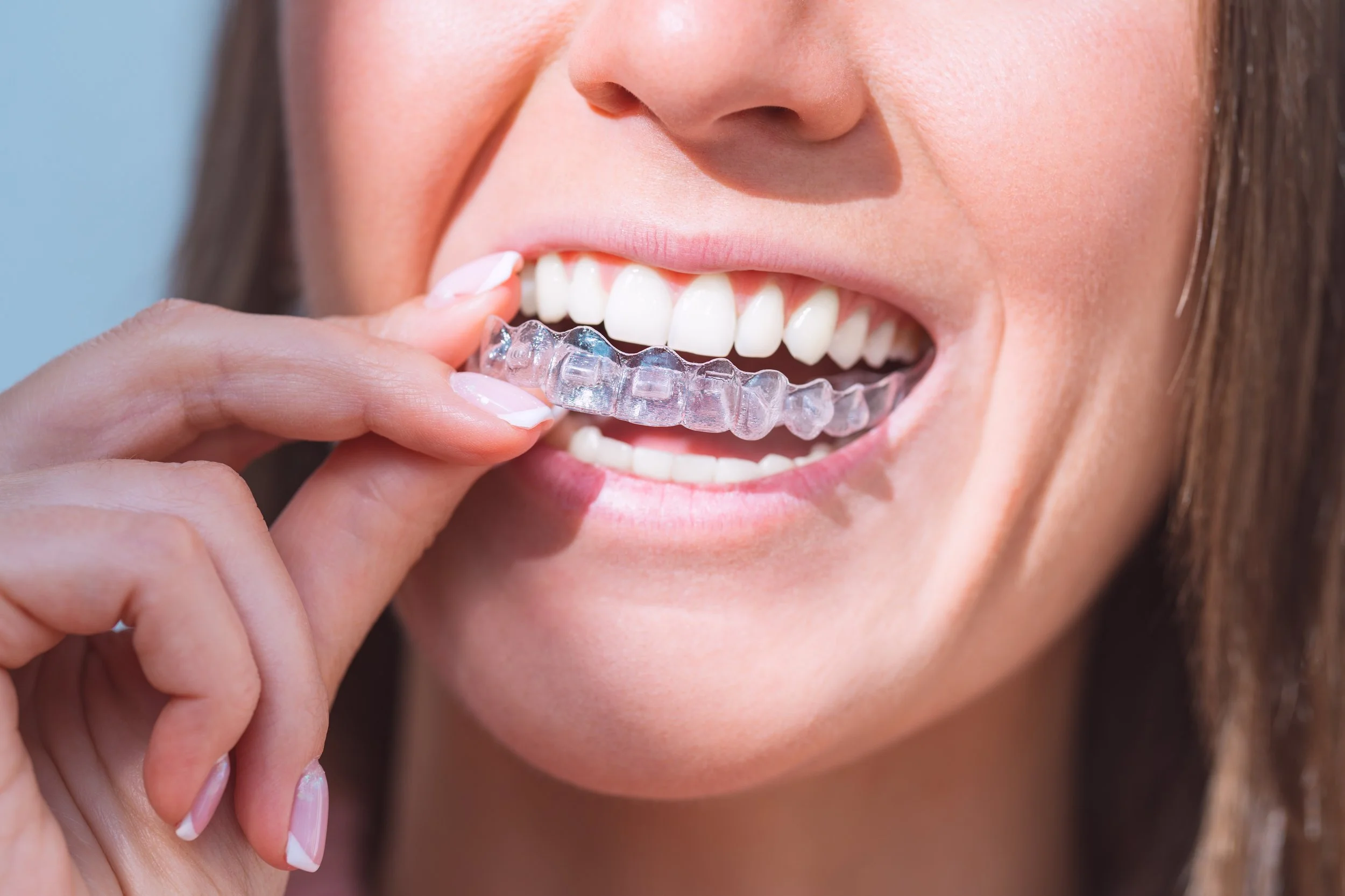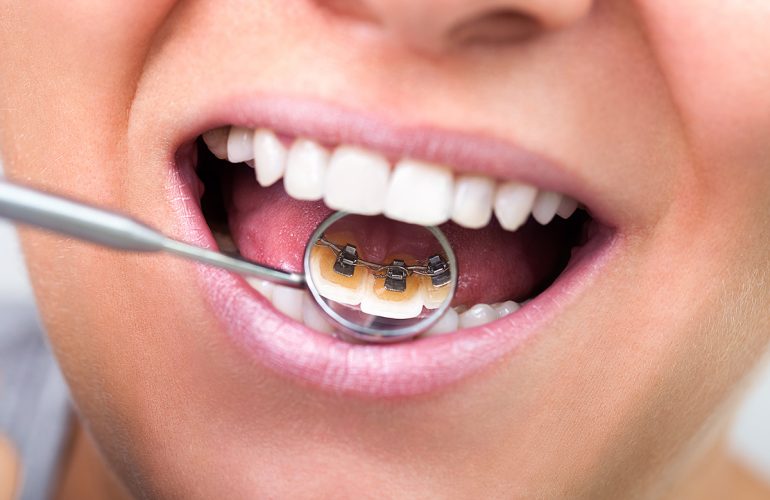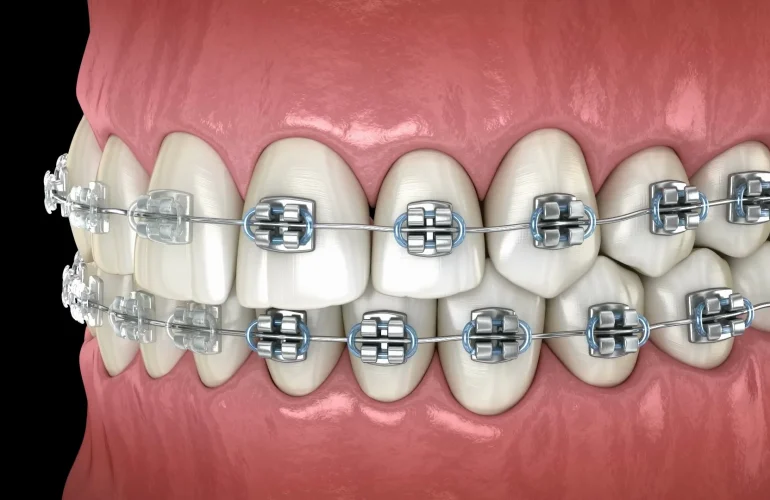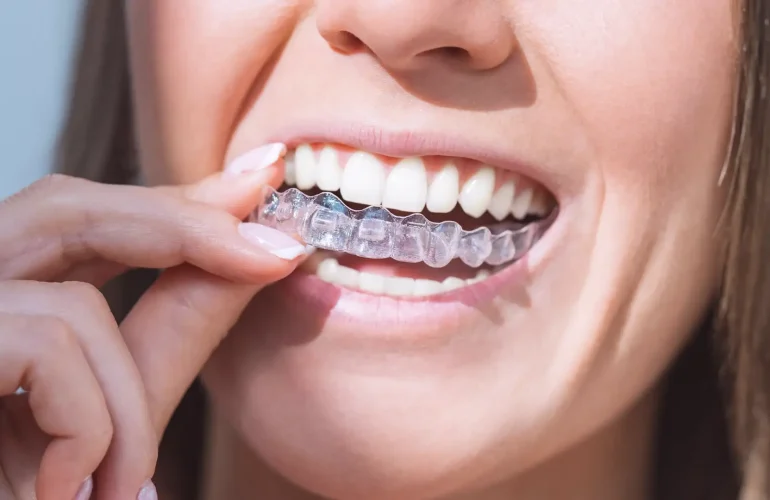Orthodontic advancements have transformed the way we achieve straighter teeth, and Invisalign treatment stands out as one of the most effective and discreet solutions available today. One of the most common questions patients have is about Invisalign treatment time—how long it takes to achieve the desired results. The duration of Invisalign therapy depends on multiple factors, including the severity of misalignment, patient compliance, and overall dental health. In this comprehensive guide, we will provide detailed insights into the average Invisalign treatment duration, influencing factors, stages of treatment, and tips to shorten treatment time.
Average Invisalign Treatment Time
On average, Invisalign treatment time ranges from 6 to 18 months. While some minor cases may be resolved in as little as 3 to 6 months, complex orthodontic issues can take up to 24 months or more. Compared to traditional metal braces, Invisalign often offers a more efficient timeline for mild to moderate corrections.
Minor Cases
Small gaps between teeth or slight crowding
Treatment time: 3–8 months
Usually requires fewer aligners
Moderate Cases
Mild bite issues such as overbite, underbite, or crossbite
Treatment time: 9–15 months
Involves multiple sets of aligners and possible refinements
Severe Cases
Significant crowding, spacing, or skeletal bite discrepancies
Treatment time: 18–24 months or longer
May require attachments, elastics, or combination with other orthodontic treatments
Factors That Affect Invisalign Treatment Time
Several factors influence how long Invisalign treatment lasts. Understanding them allows patients to set realistic expectations.
1. Complexity of the Case
Simple alignment cases take less time.
Severe malocclusions require more aligners and extended treatment.
2. Patient Compliance
Aligners must be worn 20–22 hours per day.
Removing them too often or not wearing them consistently delays progress.
3. Age of the Patient
Teens often experience faster results due to more adaptable bone structure.
Adults may require slightly longer treatment times.
4. Number of Aligners Prescribed
More aligners generally mean longer treatment.
Refinements may add extra aligners to perfect results.
5. Use of Attachments and Elastics
Attachments (small tooth-colored bumps) and elastics speed up tooth movement.
Without them, certain corrections may take longer.
Stages of Invisalign Treatment
To fully understand the Invisalign timeline, it is essential to break it down into stages.
1. Initial Consultation and Assessment
Duration: 1–2 weeks
Dentist evaluates teeth, takes digital scans, and creates a treatment plan.
2. Aligner Fabrication
Duration: 2–4 weeks
Custom aligners are created using advanced 3D technology.
3. Active Treatment Phase
Duration: 6–24 months depending on complexity
Aligners are worn in sequence, usually changed every 7–14 days.
4. Refinement Stage
Duration: 1–3 months (if needed)
Additional aligners fine-tune the results.
5. Retention Phase
Lifelong commitment
Retainers are worn after treatment to maintain alignment.
Invisalign vs. Braces Treatment Time
While traditional braces are effective, Invisalign often provides faster treatment for mild to moderate cases.
Invisalign: 6–18 months on average
Braces: 18–36 months on average
However, for severe orthodontic issues, braces may still be required, or Invisalign may be combined with other treatments.
Tips to Shorten Invisalign Treatment Time
Patients play a major role in how long Invisalign treatment takes. Following these steps can help achieve faster results:
Wear aligners at least 22 hours daily – only remove them for eating, drinking, and oral hygiene.
Switch aligners as instructed – do not delay progression.
Maintain good oral hygiene – prevents delays caused by dental issues.
Use Invisalign chewies – ensures aligners fit snugly for maximum effectiveness.
Avoid missed appointments – regular checkups keep treatment on track.
Common Questions About Invisalign Treatment Time
Can Invisalign work in 6 months?
Yes, for minor alignment issues, Invisalign can achieve results in as little as 6 months.
Why is my Invisalign taking longer than expected?
Factors such as poor compliance, complex cases, or additional refinements can extend treatment duration.
Do teeth move faster with Invisalign than braces?
For mild to moderate cases, yes. Invisalign can often provide quicker results compared to braces.
Will I need to wear retainers after treatment?
Yes, retainers are crucial to prevent teeth from shifting back to their original position.
Benefits of Invisalign Beyond Treatment Time
While the length of treatment is important, Invisalign also offers unique advantages:
Nearly invisible aligners for discreet treatment
Removable design for eating and brushing without restrictions
More comfortable than traditional braces
Fewer dental visits compared to braces adjustments
The average Invisalign treatment time ranges from 6 to 18 months, though complex cases may take longer. With consistent wear, good oral hygiene, and regular dental checkups, most patients achieve straighter teeth faster than with traditional braces. Invisalign not only corrects misalignments efficiently but also offers unmatched comfort and aesthetics during the process.






